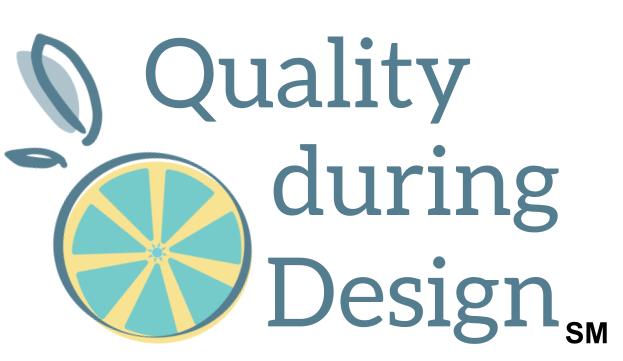Prioritizing Customer Satisfaction in Product Design (the Kano Model)
How do you balance customer wants with project constraints? If your customer-facing teammates are saying our customers want this, that and the other thing, which ones do we prioritize over others?
Not all features are equal in the eyes of our customers. And not all features are value-added, either.
In this episode, we delve into how to prioritize customer wants using the powerful Kano Model, a tool that maps customer satisfaction against the implementation of product features.
You'll learn how to differentiate between essential and non-essential features, ensuring that your design truly resonates with your customers. This episode walks through the intricacies of the Kano Model's two-by-two matrix and the different satisfaction levels represented by various lines and curves.
Too complex? We break it down. Prioritize your features based on their impact to the customer using their voice. Then, consider how well you want to implement that in your design using the Kano Model.
Get ready for practical tips and proven strategies to enhance your product’s value while managing cost, time, and design trade-offs. This episode is an introduction to the Kano Model for design.
Kano Model
Satisfaction Rating Scale Example for Concept Analysis
This scale is based on the impact given that the feature is available. It aligns with the areas of the Kano model. If something is rated as a 4, it is placed along the “One-dimensional” line of the Kano model. Discuss with your team how well you want to implement this (the value along the x-axis) and adjust the level of planned engineering implementation based on the impact rating.
Make a scale that applies to your industry, product, and project.
| Satisfaction Rating | Impact
“Voice of the Customer” |
Feature can be described as | Most likely applies to these measures of quality |
| 5 | Attractive
“I am delighted or excited. I didn’t even know I wanted this or that this was possible!”
|
The Feature does not need to be fully implemented to delight the customer.
If the Feature is missing or insufficient, the customer doesn’t notice. |
|
| 4 | One-Dimensional
“I want this. The more of it or the better I get it, the more satisfied I am.” |
The Feature has a direct relationship to Customer Satisfaction. |
|
| 3 | Must Be
“I expect this. This must be, as a minimum. If it’s done badly, I tolerate it, but I’m dissatisfied.” |
The Feature can only satisfy the customer.
As it becomes more available or of a higher quality, satisfaction increases but only to a neutral state. |
|
| 2 | Neutral
“This isn’t important to me, but I don’t mind having it.”
|
The Feature doesn’t improve or detract from customer satisfaction. | n/a |
| 1 | Reverse
“I dislike this. It’s frustrating. I would not consider a product with this.” |
The Feature leaves the customer dissatisfied or frustrated. | n/a |
Set or adjust the level of your planned engineering implementation based on the impact rating.
| If the impact is… | Consider doing this for engineering implementation: |
| Attractive | The design inputs that correspond with this benefit are Critical to Motivation (CTM).
This feature can differentiate your design from the rest of the market. Explore the drivers to the feature and impact to discover ways to implement and enhance this. Over time, these features will become expected and drift to Must Be. |
| One-dimensional | The design inputs that correspond with this benefit are Critical to Satisfaction (CTS).
You want the design to have these features. The more or better the features are implemented, the more satisfied the customer will be. How can you best implement this feature in your design? What are the features of similar, successful products? |
| Must Be | The design inputs that correspond with this benefit are Critical to Quality (CTQ).
This must be an outcome of the design, but it may not need to be fully implemented or the best. Discuss the level of implementation needed to satisfy the customer. Where along the Kano Model’s x-axis would the Must-Have line level-off? Weigh efforts and costs to make it is fully functional against the level needed to satisfy the customer. |
| Neutral | Consider reducing or eliminating the implementation of these features.
Are they an added cost with no benefit? Do we really need this? The primary user may not care, but it may be needed for the business, regulations, or to function. Ensure your team considers all the customers before removing it. |
| Reverse | Actively reduce or eliminate these features to avoid the impact.
Look at drivers to the features as things to avoid. What kind of design measures may lessen its impact? |


